We may earn money or products from the companies mentioned in this post. This means if you click on the link and purchase the item, I will receive a small commission at no extra cost to you … you’re just helping re-supply our family’s travel fund.
The image of free-running mustangs still pulls at the heart, yet the reality on the ground is thinning bands, shrinking range, and relentless pressure from drought, fencing, and roundups. Managers juggle forage, water, and multiple uses that leave little slack for horses when grass runs short. Fertility control keeps numbers stable, but small herds slide toward genetic risk. In many famous spots, sightings now depend on timing, luck, and local volunteers. The story is not gone, only quieter, and far more fragile than the postcards suggest.
Theodore Roosevelt National Park, North Dakota

Small bands once roamed the badlands with predictable visibility along the park road. Recent proposals to remove the herd entirely shook that certainty, while interim reductions and fencing already make encounters rare. The horses compete with bison and elk for patchy forage, and drought shrinks water holes fast. Advocates push for a permanent herd at a size the landscape can carry. Until decisions settle, families sometimes drive a full loop without a single glimpse where hooves used to pattern the clay.
Sand Wash Basin, Colorado

This high desert stronghold drew photographers for dust plumes and wide horizons. Emergency gathers during dry years, followed by fertility control, cut numbers sharply to protect hammered forage and pronghorn habitat. Bands disperse farther from roads, water tanks sit empty by afternoon, and long lenses find more sage than mane. The basin still holds horses, but drought turns movement into survival math. A spot that once felt reliable now asks for patient glassing at dawn and respect for a strained range.
Onaqui Mountains, Utah

Onaqui horses became social media darlings, then the famous faces met helicopters and corrals when drought pushed the land past its limits. Follow-up darting programs limit foals, preserving grass for pronghorn and cattle while shrinking the chance of large bands near pullouts. Visitors now scan long benches and distant ridges instead of easy roadside gatherings. The herd persists, only leaner and warier, and genetics sit under a microscope. What remains feels precious, and a little luck matters more than a map pin.
Pryor Mountains, Montana and Wyoming
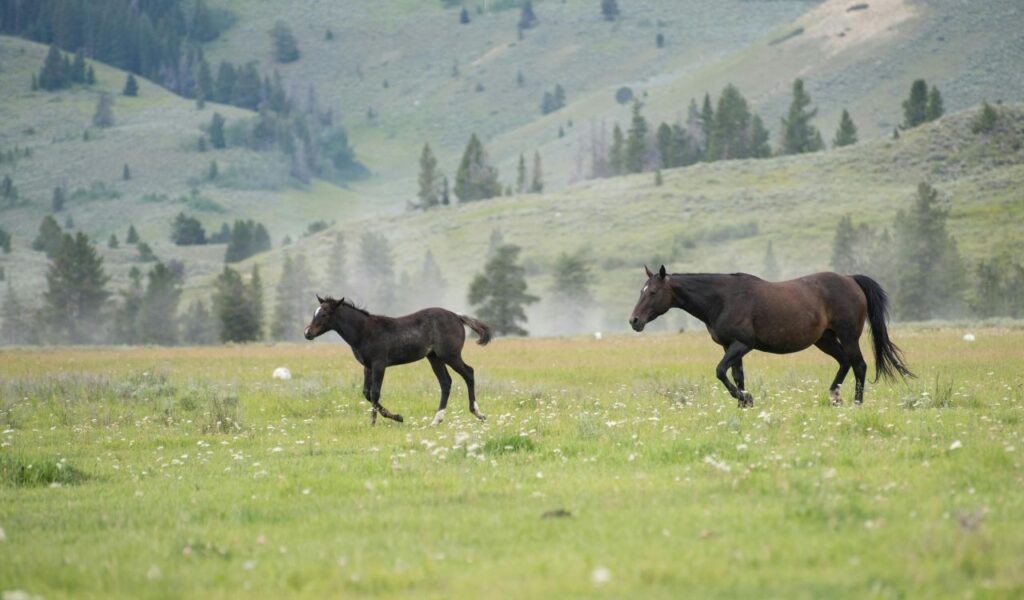
Steep country and vivid roans made the Pryors a legend long before hashtags. Today a small, closely managed herd faces a narrow gene pool, periodic removals, and summers that bite harder each year. Fertility control guards range health, yet every non-birth chips at diversity. Horses retreat to high meadows when heat rises, leaving the valley quiet. The core bands endure, just thinner and more scattered, and each foal carries extra weight as families try to keep the bloodline resilient.
Virginia Range, Nevada
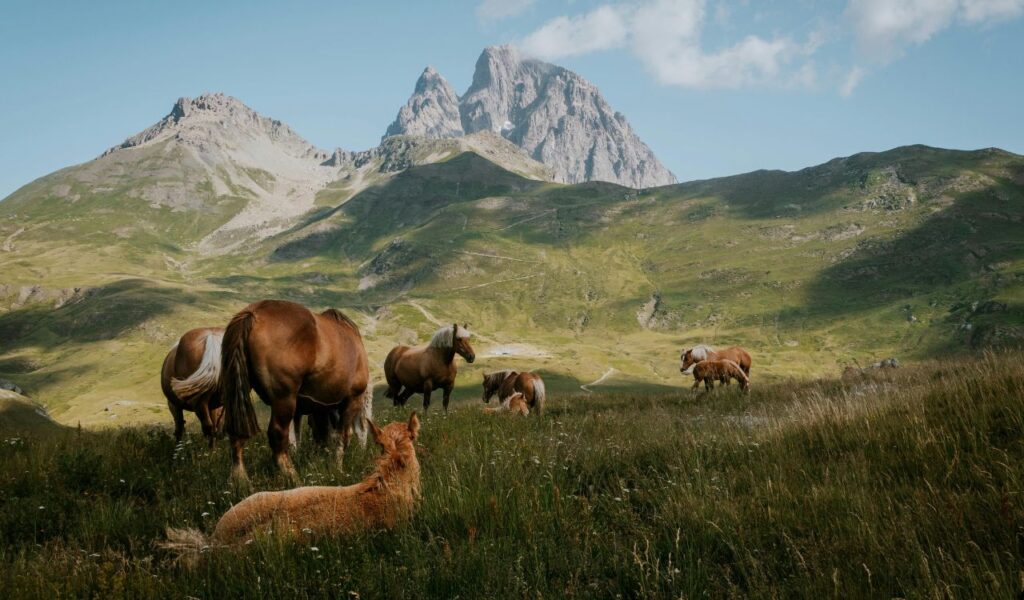
Urban growth from Reno outward squeezes traditional corridors with fences, traffic, and new rooftops. Nonprofits hustle to move bands across roads, deliver water in heat waves, and prevent collisions, while birth control pulls foal numbers down. Sightings near subdivisions fade as horses learn hard edges and retreat to patchwork hills. The range still carries hoofprints, just fractured by cul-de-sacs and construction. The story becomes one of small, cautious crossings at dusk rather than sweeping movement across open basins.
Devil’s Garden Plateau, California

On Modoc’s volcanic tablelands, rough winters, tough bunchgrasses, and competing hooves keep balances tight. Gathers remove surplus animals, and adoption or sale programs send many far from the plateau. Those left spread thin across miles of juniper and rock, harder to find even for regulars who know the tanks and salt. The horses are still there, only the density drops, and long looks yield ravens, pronghorn, and dust devils. Empty saddles of meadow suggest how quickly a dry year rewrites plans.
Salt River, Arizona
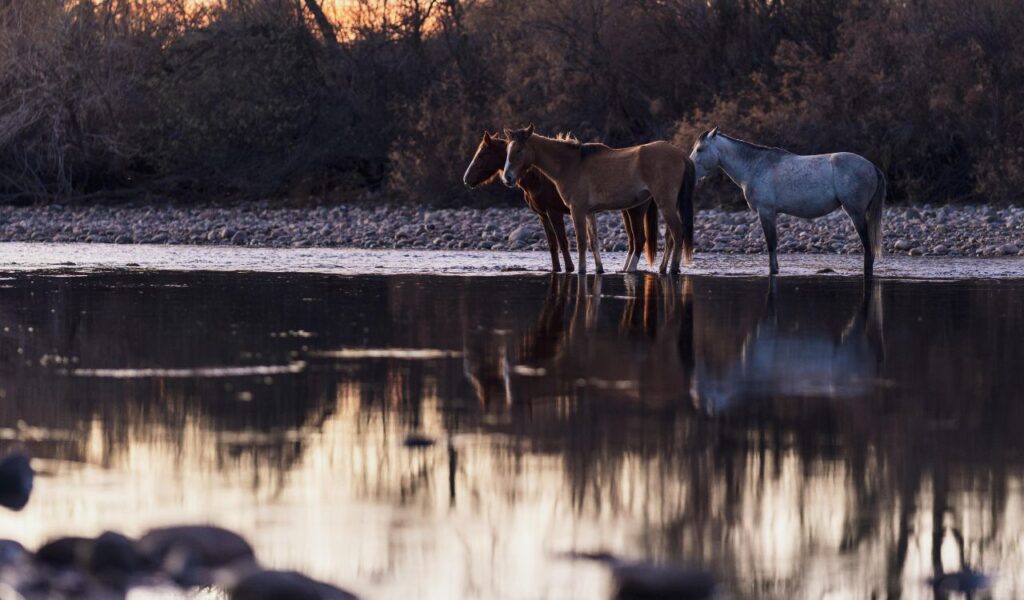
Green water and cottonwoods made these horses feel like a sure thing near Phoenix. Years of negotiated management now cap numbers, rely on contraception, and fence sensitive banks where erosion bites. Summer heat concentrates movement at dawn and after dark, and families waiting at popular bends leave disappointed by noon. The herd remains, yet carefully trimmed to protect habitat and water quality. Magic still happens in first light, only scarcity replaces certainty, and quiet replaces the once busy riverbank.
Assateague Island, Maryland and Virginia
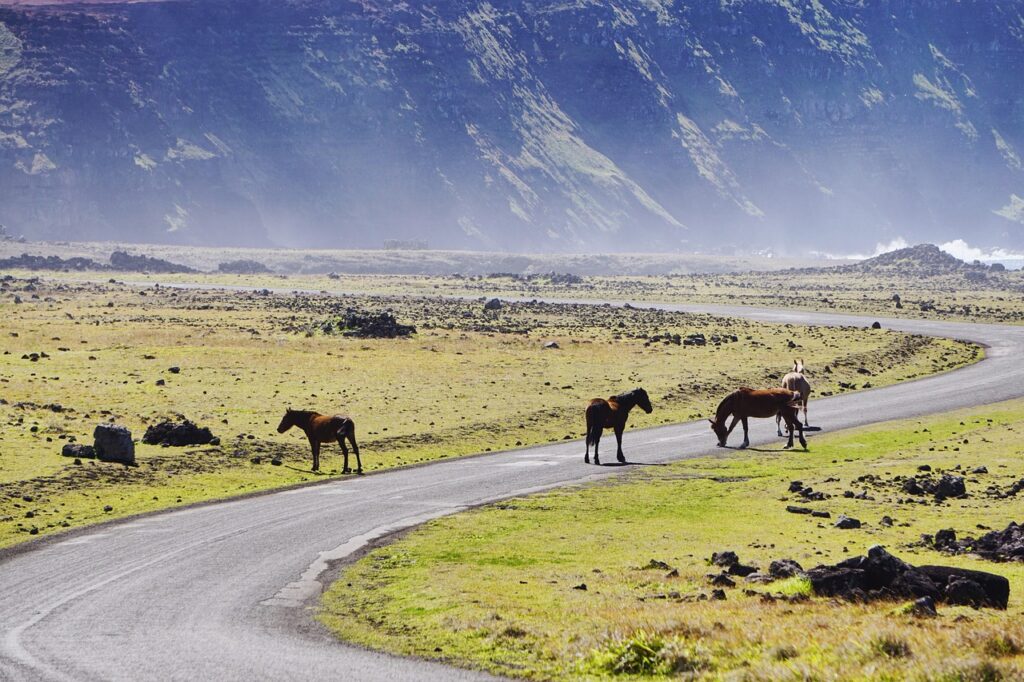
Barrier-island ponies once lingered in dunes long enough for every camper to count them. Managers now hold the herd around a target size with contraception, protecting marsh plants, nesting birds, and fragile soils. Storms rearrange access and scatter bands across mosquito-rich flats. Horses learn to avoid crowded boardwalks by day, slipping out near sunset when the wind cools. The famous silhouettes still trace the horizon, only in smaller numbers, and with a wary distance that keeps both sides healthier.
Corolla, North Carolina

On the northern Outer Banks, small herds share sand tracks with vacation traffic, and genetics sit on a knife edge. Managers keep numbers modest, move fence lines, and import the occasional stallion from similar stock to steady the line. Hurricanes cut dunes and fresh water, pushing families farther to find graze. Visitors now report empty stretches between sightings where hooves once stitched the beach. The Corolla horses endure, though quieter, with survival measured season by season and storm by storm.
Shackleford Banks, North Carolina
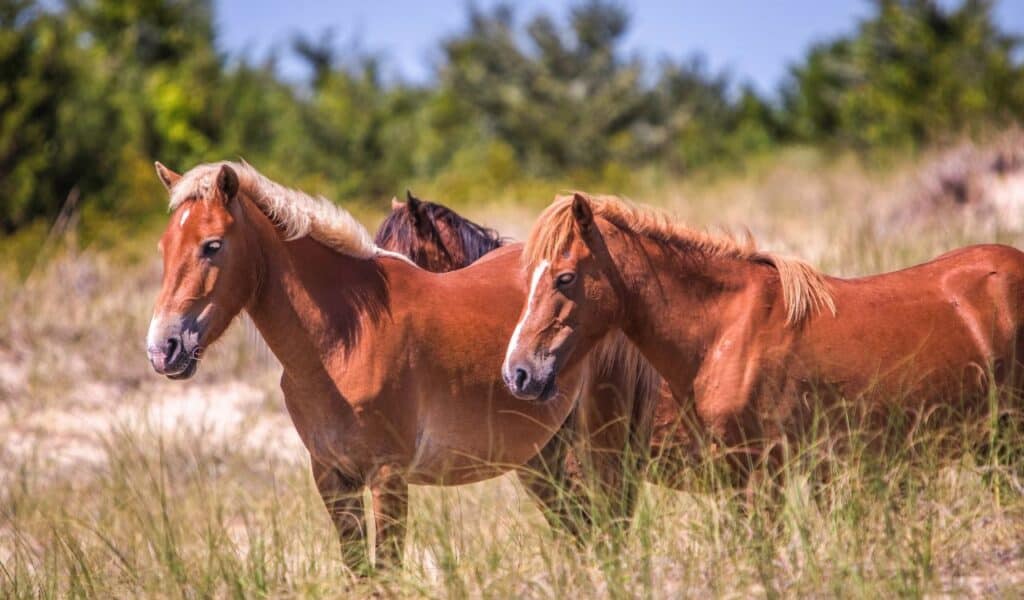
This wild barrier island holds one of the East Coast’s most photographed herds, closely managed to protect both dunes and DNA. Fertility control and occasional relocations keep numbers near a narrow band, which means fewer clustered groups along common landings. Heat and wind move horses to the sound side at odd hours, and hoofprints fade before the next boat arrives. The place still feels mythic, just more careful, and the animals feel more like residents than attractions on demand.
Other Blog Posts You Might Enjoy
www.idyllicpursuit.com (Article Sourced Website)
#Truth #Americas #Wild #Horses #Places #Disappearing #Idyllic #Pursuit
